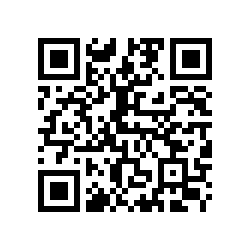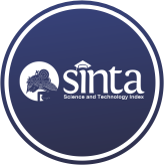Dampak Penggunaan Media Sosial pada Perilaku Sosial Media Generasi Milenial
(1) Universitas Stikubank, Indonesia
(2) Universitas Stikubank, Indonesia
(3) Universitas Stikubank, Indonesia
(4) Universitas Stikubank, Indonesia
(*) Corresponding Author
Abstract
Full Text:
PDFReferences
Aditya, R. (2019). Pengaruh Penggunaan Media Sosial Terhadap Perilaku Remaja di Kabupaten Kudus. Jurnal Penelitian Ilmu Sosial dan keagamaan, 16(1), 45-60.
Gonzales, A.L., & Hancock, J.T.(2011). Mirror, mirror on my Facebook wall: Effect of exposure to Face on self esteem. Cybersychology, Behavior, and Social Networking, 14(1-20, 79-83.
Hawi, N.S., & Samaha, M. (2017). The relation among social media addiction, self-esteem, and life satisfaction in university students. Social Science Computer Review, 35(5), 576-586.
Kaplan, A.M., & Haelein, M.(2010). Users of the work, unite! The challenges and opportunities of Social media. Business Horizons, 53(1), 59-68.
Keles, B., mcCrae, N., & Grealish, A. (2020). A systematic review: the influence of social media on depression, anxienty and psychological destress in of social media on depression, anxiety and psychological distress in adolescents. International Journal of Adolescence and Youth, 25(1), 79-93.
Twenge, J.M. (2017). iGen: Why today’s super-connected kinds are growing up less rebellious, more tolerant, less happy—and completely unprepared for adulthood—and what that means for the rest of us. Simon and Schuster.
Wang, J.L., Jackson, L.A., Gaskin, j., & Wang, H.Z. (2014). The effects of Social Networking Site (SNS) use on college student’s friendship and well being. Computer in Human Behavior, 37, 229-236.
DOI: https://doi.org/10.30645/kesatria.v5i4.475
DOI (PDF): https://doi.org/10.30645/kesatria.v5i4.475.g470
Refbacks
- There are currently no refbacks.
Published Papers Indexed/Abstracted By:














